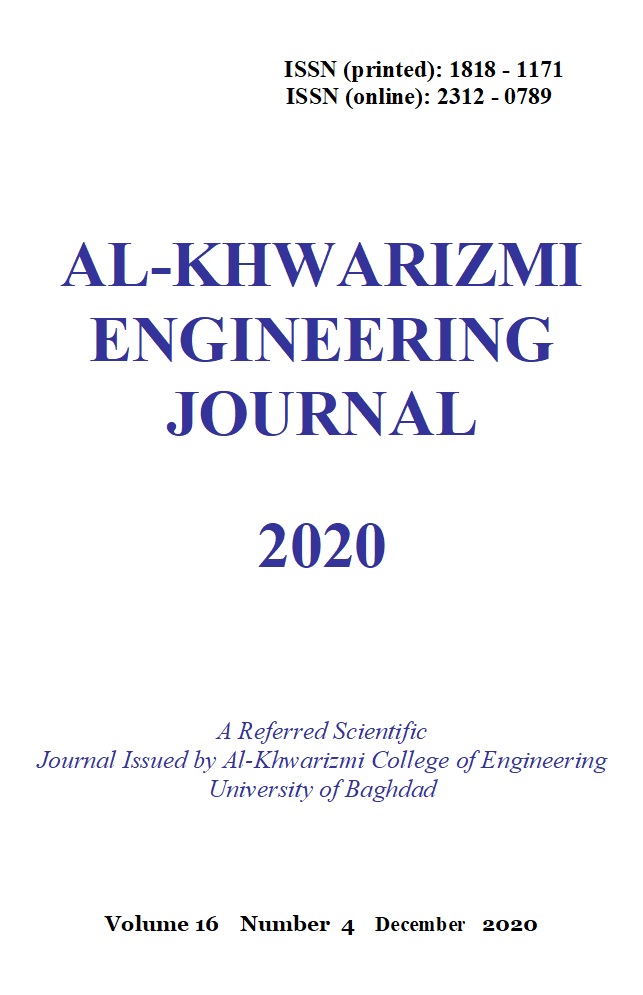Applying Trade-off Curve to Support Set-Based Design application at an Aerospace Company
DOI:
https://doi.org/10.22153/kej.2020.10.001Abstract
Companies compete greatly with each other today, so they need to focus on innovation to develop their products and make them competitive. Lean product development is the ideal way to develop product, foster innovation, maximize value, and reduce time. Set-Based Concurrent Engineering (SBCE) is an approved lean product improvement mechanism that builds on the creation of a number of alternative designs at the subsystem level. These designs are simultaneously improved and tested, and the weaker choices are removed gradually until the optimum solution is reached finally. SBCE implementations have been extensively performed in the automotive industry and there are a few case studies in the aerospace industry. This research describe the use of trade-off curve as a lean tool to support SBCE process model in CONGA project, using NASA simulation software version 1.7c and CONGA demonstration program (DEMO program) to help designers and engineers to extract the design solution where it exists according to the customer requirement and to extract alternative nearest solutions from the previous project that meet customer requirement to achieve low noise engine at an aerospace company and also extract the infeasible region where the designers cannot make any prototype in this region before manufacturing process begin, that will lead to reducing rework, time and cost.
Downloads
References
T. A. Roemer and R. Ahmadi, “Concurrent crashing and overlapping in product development,” Operations Research, vol. 52, no. 4, pp. 606-622, 2004.
A. Ward, J. K. Liker, J. J. Cristiano and D. K. Sobek, “The second Toyota paradox: how delaying decisions can make better cars faster,” Sloan Management Review, vol. 36, no. 3, 1995.
M. Khan, A. Al-Ashaab, A. Doultsinoua, E. Shehab, P. Ewers, and R. Sulowski, “Set-Based Concurrent Engineering process within the LeanPPD environment,” 18th ISPE International Conference on Concurrent Engineering, Massachusetts, USA, 4-8 July 2011.
D. K. Sobek, A. C. Ward, and J. K. Liker, “Toyota’s Principles of Set-Based Concurrent Engineering,” Management Review, vol. 40, no. 2, 1999.
M. Kennedy, K. Harmon, and E. Minnock, Ready, Set, Dominate: Implement Toyota’s Set-Based Learning for Developing Products and Nobody Can Catch You, CreateSpace Independent Publishing Platform, 2008.
H. Frank, and R. Parker. “Hot End technology for advanced, low emission large civil aircraft engines,” Combustion, vol. 2, 2012.
Z. C. Araci, M. U. Tariq, J. H. Braasch, A. Al-Ashaab, and M. C. Emre Simsekler, “Creating Knowledge Environment during Lean Product Development Process of Jet Engine,” International Journal of Advanced Computer Science and Applications, vol. 11, no.5, pp. 58-62, 2020.
M. Maksimovic, “Lean Knowledge Life Cycle Framework to Support Lean Product Development,” Ph.D. Thesis, University of Cranfield, 2013.
Z. C. Araci, A. Al-Ashaab, C. G. Almeida, and J. Mcgavin, “Enabling Set-based Concurrent Engineering via Physics-based Trade-off Curves,” WSEAS Transactions on Business and Economics, vol.13, pp. 620-626, 2016.
Z. C. Araci, A. Al-Ashaab, P. W. Lasisz, J. W. Flisiak, M. I. Maulana, N. Beg, and A. Rahman, “Trade-off Curves Applications to Supports Set-based Design of a Surface Jet Pump,” Procedia CIRP, vol. 60, pp. 356-361, 2017.
https://www.icao.int/safety/iStars/Pages/API-Data-Service-new.aspx.
Downloads
Published
Issue
Section
License
Copyright: Open Access authors retain the copyrights of their papers, and all open access articles are distributed under the terms of the Creative Commons Attribution License, which permits unrestricted use, distribution, and reproduction in any medium, provided that the original work is properly cited. The use of general descriptive names, trade names, trademarks, and so forth in this publication, even if not specifically identified, does not imply that these names are not protected by the relevant laws and regulations. While the advice and information in this journal are believed to be true and accurate on the date of its going to press, neither the authors, the editors, nor the publisher can accept any legal responsibility for any errors or omissions that may be made. The publisher makes no warranty, express or implied, with respect to the material contained herein.
















